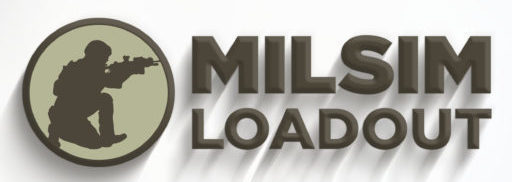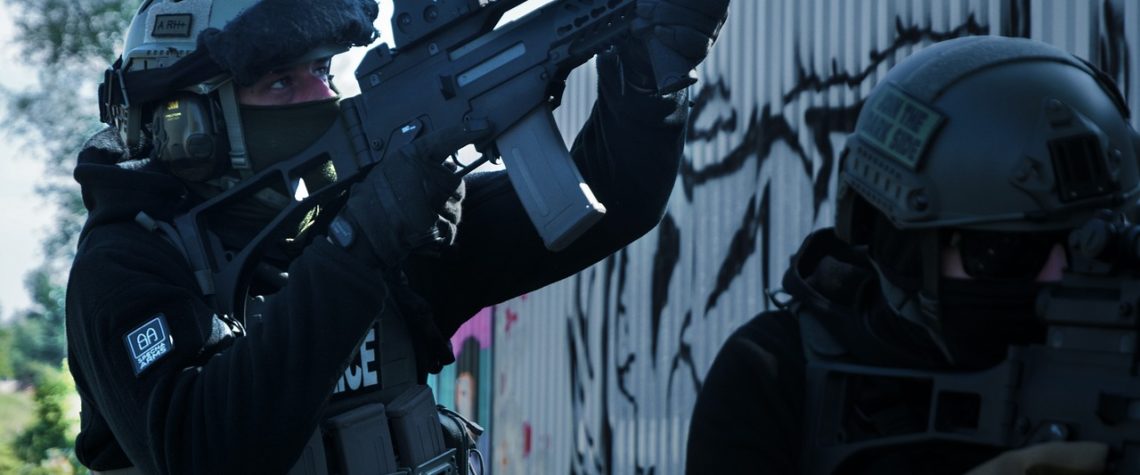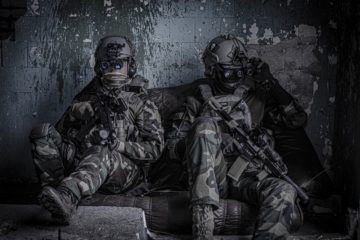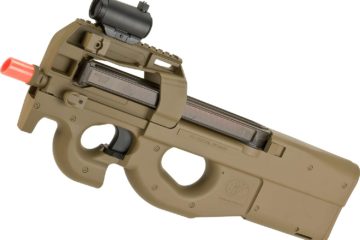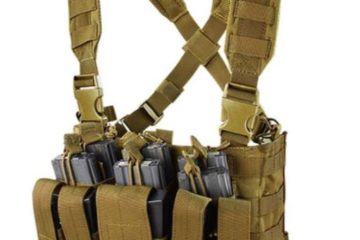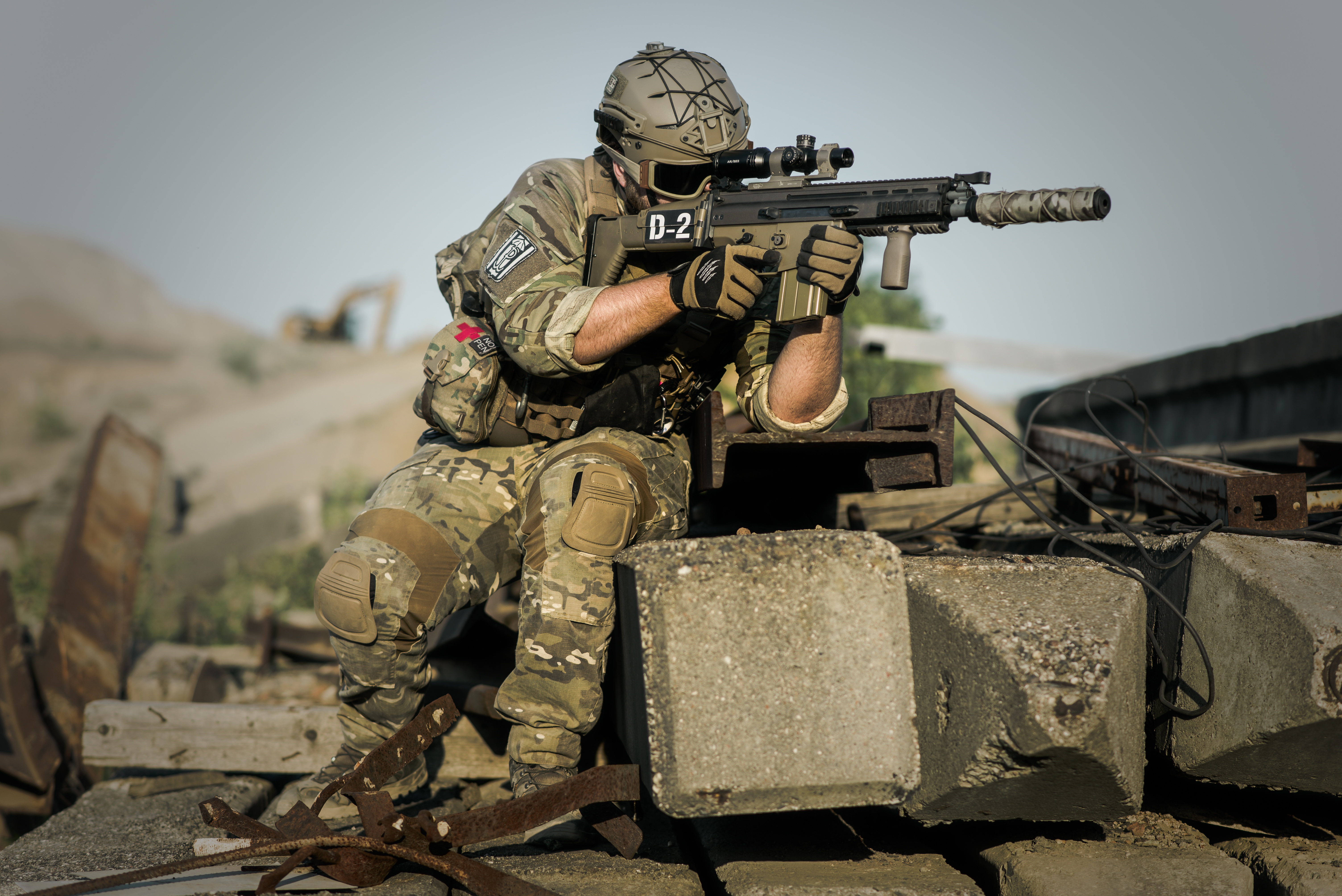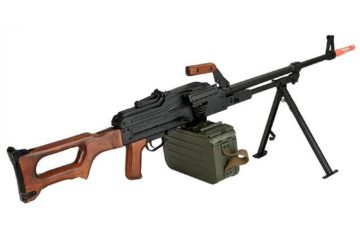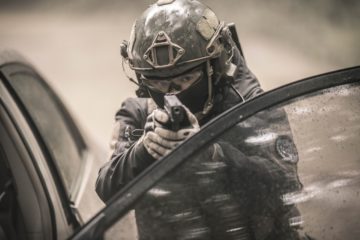We may earn money or products from the companies mentioned in this post.

In the realm of milsim scenarios, triumph hinges not only on individual prowess but also on coordinated teamwork and strategic planning. Whether you’re immersed in airsoft, paintball, or virtual simulations, mastering the art of tactical teamwork—your milsim loadout—is paramount for achieving victory. Here’s a comprehensive guide to dominating milsim scenarios and emerging victorious.
Communication Reigns Supreme
Effective teamwork begins with precise and efficient communication. In milsim scenarios, split-second decisions demand constant communication to ensure everyone is synchronized. Establish clear callouts, assign roles, and leverage communication devices to keep your team informed and aligned, whether breaching a building, securing an area, or setting up an ambush.
Embrace Specialization
Each team member brings unique skills to the table, making specialization crucial. Assign roles based on individual strengths—be it snipers providing overwatch or medics tending to wounded comrades. Recognizing and leveraging these specialized abilities allows your team to operate seamlessly, covering all aspects of the scenario with precision.
Plan Strategically, Adapt Quickly
Solid planning is essential, but agility is equally vital in dynamic milsim scenarios. While a well-devised plan lays the foundation, readiness to adapt to unforeseen circumstances is key. Stay flexible, adjust strategies on the fly, and maintain composure amidst uncertainty to ensure your team remains effective in any situation.
Leveraging Cover and Suppression
In milsim scenarios, mastering the use of cover and suppression can tilt the odds in your favor. Suppressing opponents while teammates maneuver is a potent tactic. Coordinate fields of fire, strategically deploy covering fire, and utilize natural terrain features to create advantageous positions for your team.
Harness Concealment and Cover
Utilizing the environment intelligently can significantly enhance your team’s survivability. Master the art of concealment and cover to evade enemy fire and protect your team. Plan routes that exploit terrain features, minimize exposure, and maximize your team’s tactical advantage.
Intelligence is Key
Gaining insights into your opponents and the scenario provides a strategic edge. Designate scouts or reconnaissance roles to gather vital information for informed decision-making. Understanding enemy positions, intentions, and available resources empowers your team to seize opportunities and outmaneuver adversaries.
Learn and Improve
Post-scenario debriefs are invaluable for learning and improvement. Analyze what worked well and what didn’t, and identify areas for enhancement. Constructive feedback fosters continuous improvement, refining strategies, and strengthening team cohesion for future milsim scenarios.
Trust and Unity
Tactical teamwork thrives on trust and camaraderie among team members. Foster a positive team culture built on mutual respect, support, and shared goals. This unity translates into seamless coordination during high-pressure situations, ensuring your team operates as a cohesive unit.
Mastering tactical teamwork in milsim scenarios is an ongoing journey. Through practice, effective communication, and a commitment to learning from both successes and setbacks, you can elevate your team’s performance and establish dominance in military simulations.
